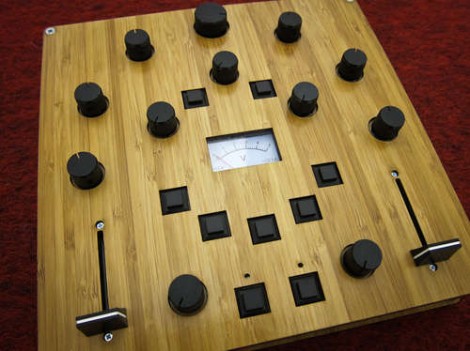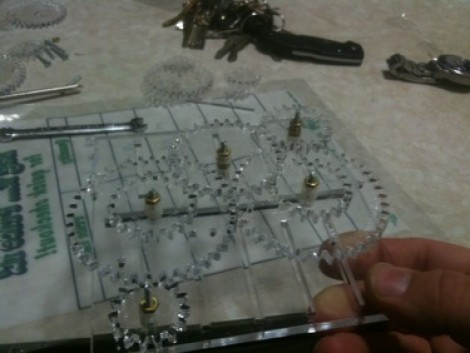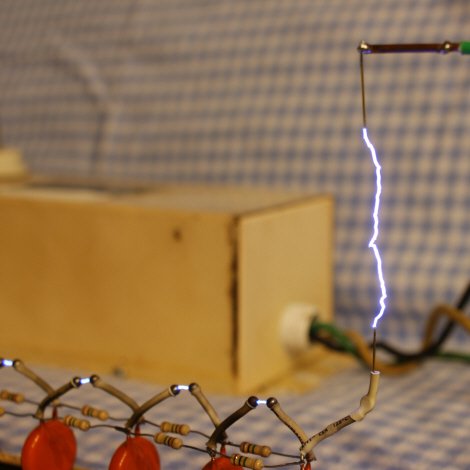
The results of the Full Spectrum Laser contest over at Build Lounge have been announce. The top prize of a 40 watt deluxe laser cutter goes to [Grenadier] for the portable x-ray machine we saw at the beginning of the month. We think this is an excellent choice for top prize because, come on, this is pretty hard-core.
Taking second place was a Christmas light show choreographed to music. The open spaces of the University of Minnesota hosted the installation. We’ve embedded a video of the performance after the break.
Third prize went to the QC Co-lab Hackerspace for their light wall. It uses the ever popular GE Color Effects lights, with each bulb housed in a vacuum formed pyramid which acts as a diffuser.
There were also several honorable mentions. There’s a special place in our heart for [Jack Buffington’s] solar clock which was included in this group. We think the use of fiber optics to pipe the sunlight into a machined index ring is ingenious. And you’ve got to give him credit for developing a project that uses no electricity and almost no moving parts (there is a slider to adjust for daylight savings time).
Continue reading “[Grenadier] Wins The Laser Cutter For His Portable X-ray Project”
















